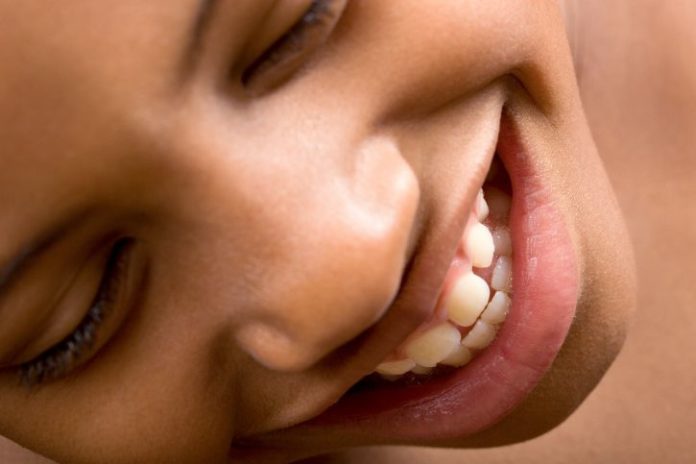The use of fissure sealants to protect children’s teeth has fallen since 2001, according to a report released today by the Australian Institute of Health and Welfare (AIHW).
The report, Fissure sealant use among children attending school dental services: The Child Dental Health Survey Australia 2008, looks at the oral health of Australian children examined by school dental service (SDS) staff in 2008.
The findings are drawn from the 2008 Child Dental Health Survey (CDHS) including nearly 64,000 children aged 6-12 from all states and territories except New South Wales and Victoria.
‘Fissure sealants are materials that are applied to the pits and fissure surfaces of the teeth. They protect teeth from decay by creating a thin barrier that protects the sealed surface from the bacteria that cause decay’, said AIHW spokesperson Professor Kaye Roberts-Thomson.
The report shows that from 1989 to 2001, fissure-sealed teeth in 12-year-olds increased threefold, after which it decreased.
‘Despite the use of fissure sealants falling since 2001, there has been an increasing tendency to provide fissure sealants for children who are at risk of decay’, Professor Roberts-Thomson said.
‘For example, among all children aged 6-12, only 17% of those with no dental decay experience had fissure sealants, while the proportion of children with dental decay who had fissure sealants was almost 30%.
‘So, despite the use of fissure sealants dropping from 2001, we have seen an increasing tendency from 2006 to provide fissure sealants as a preventive measure.’
About 52% of children aged 6 had one or more decayed, missing or filled deciduous (baby) teeth.
‘Among 12-year-old children, 45% had experienced decay in their permanent teeth, and on average 12-year-olds as a group had just over one affected tooth,’ Professor Roberts-Thomson said.











